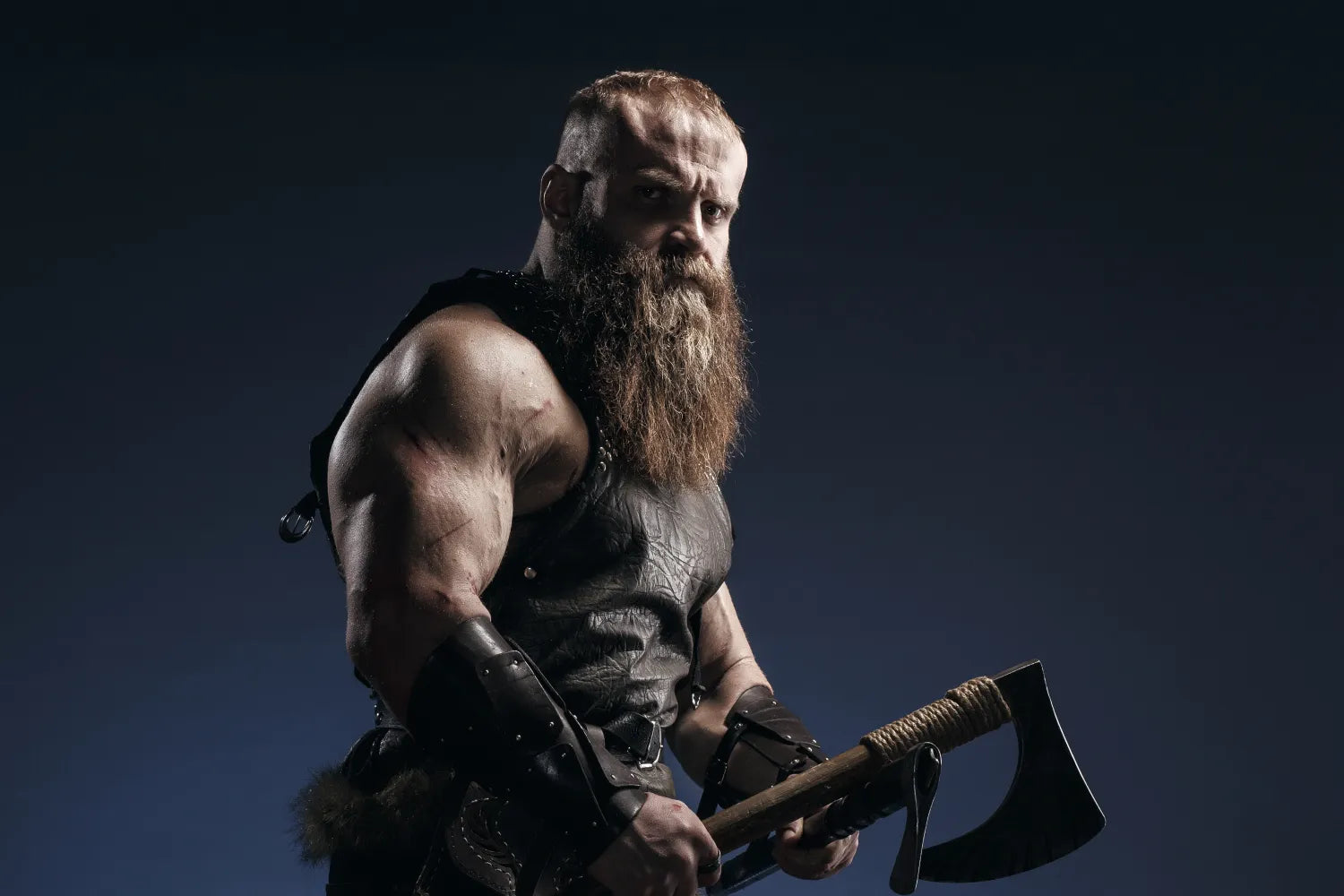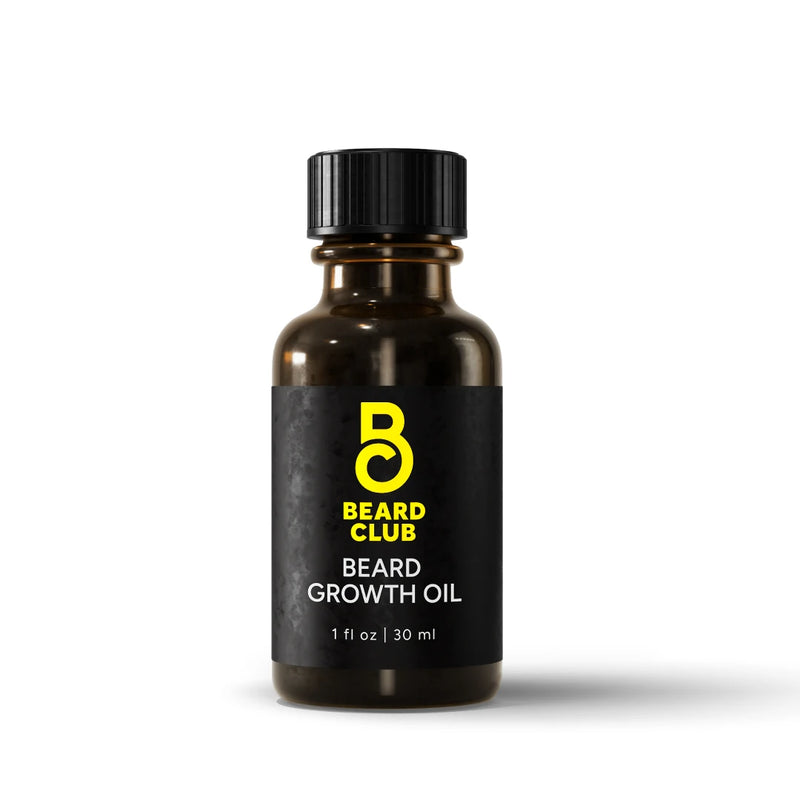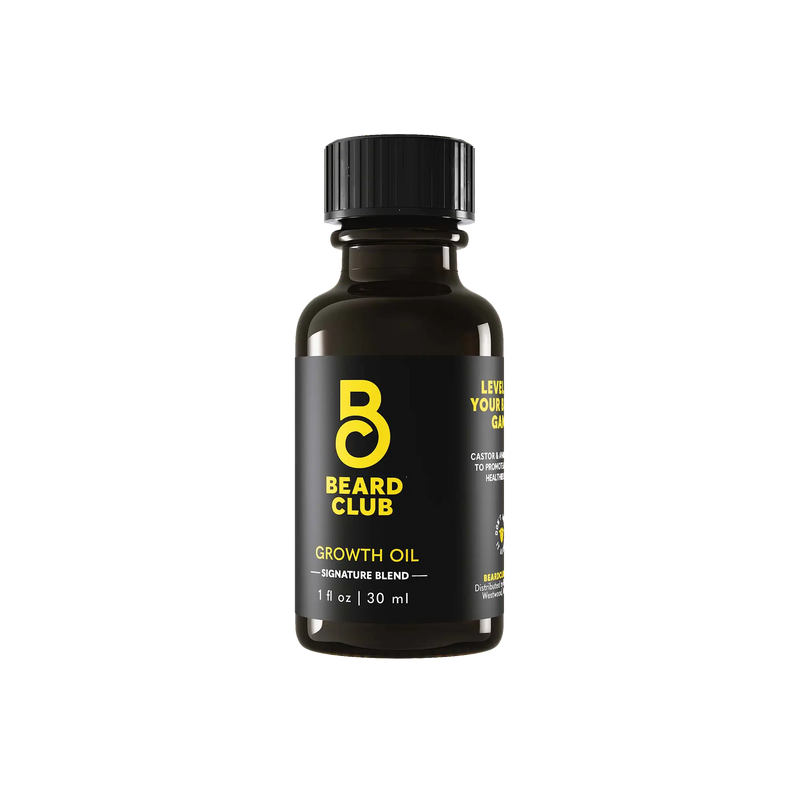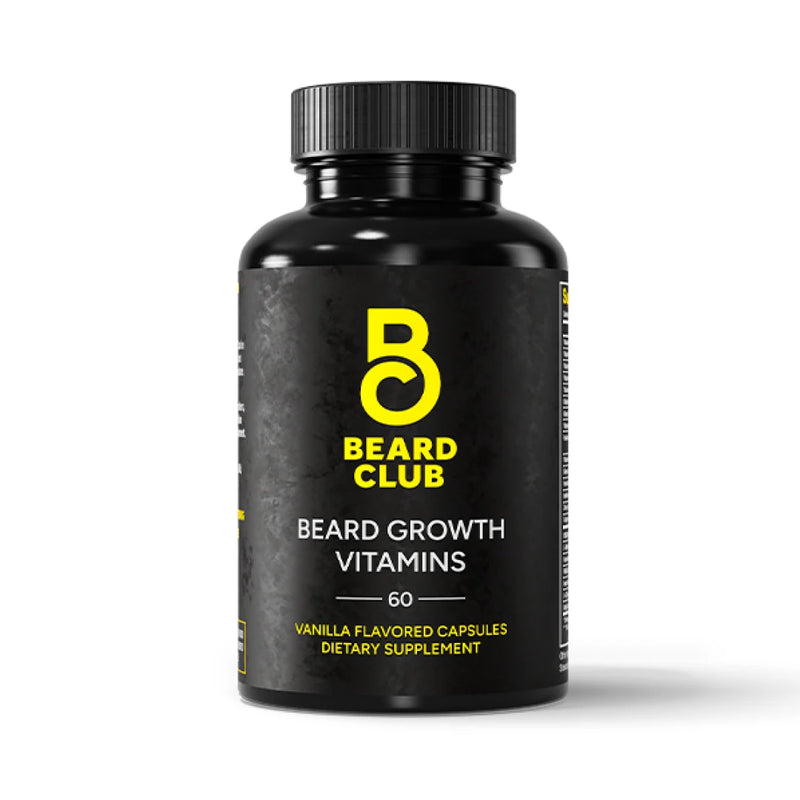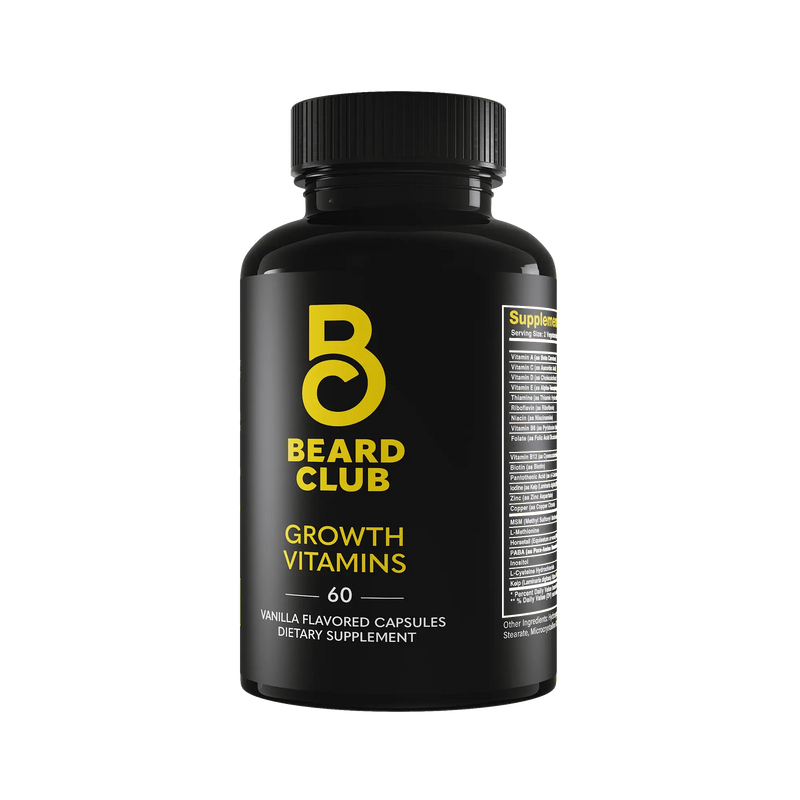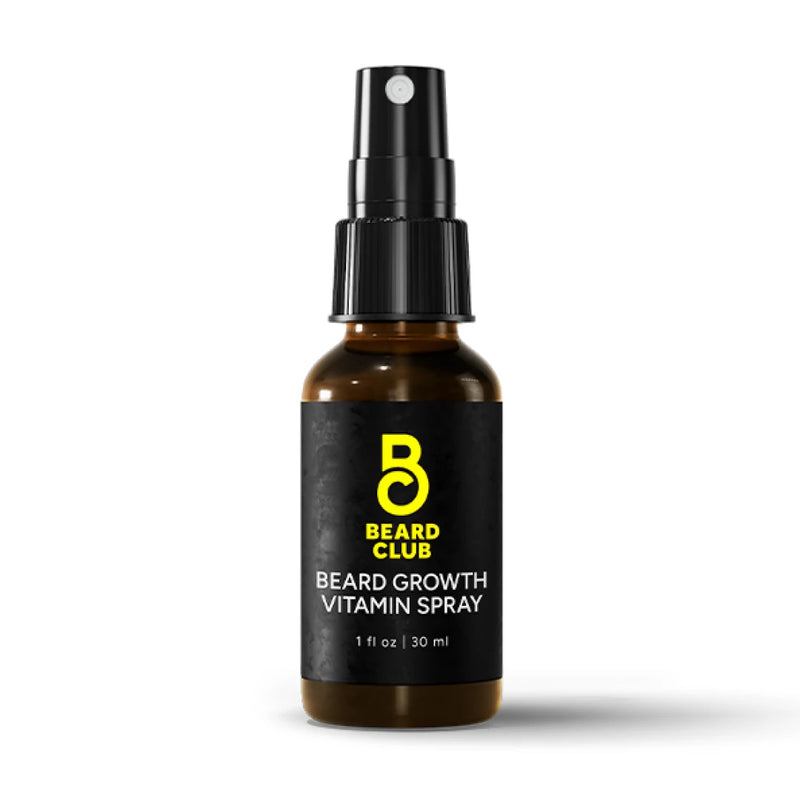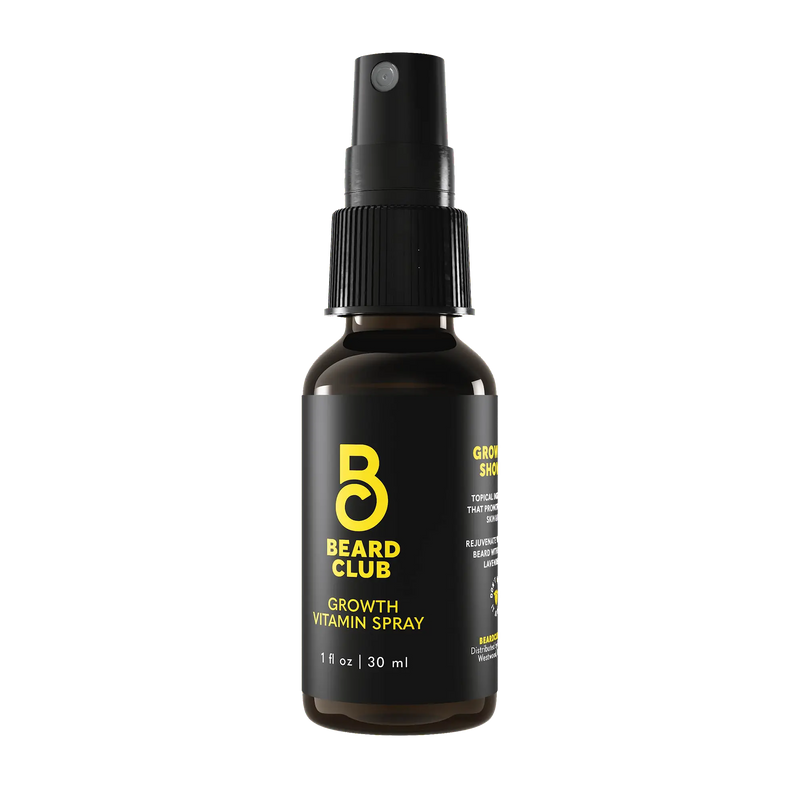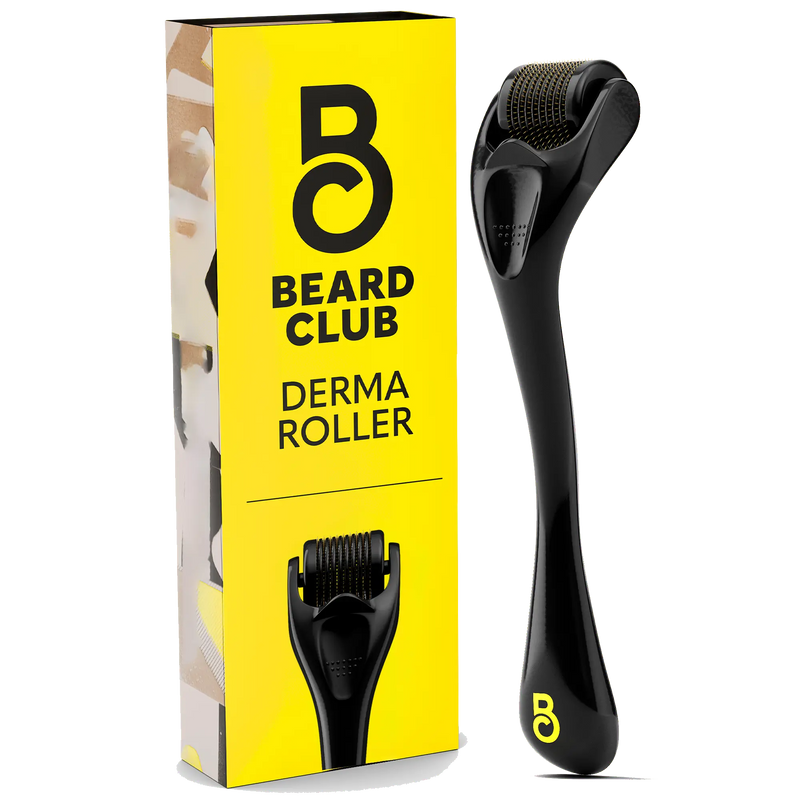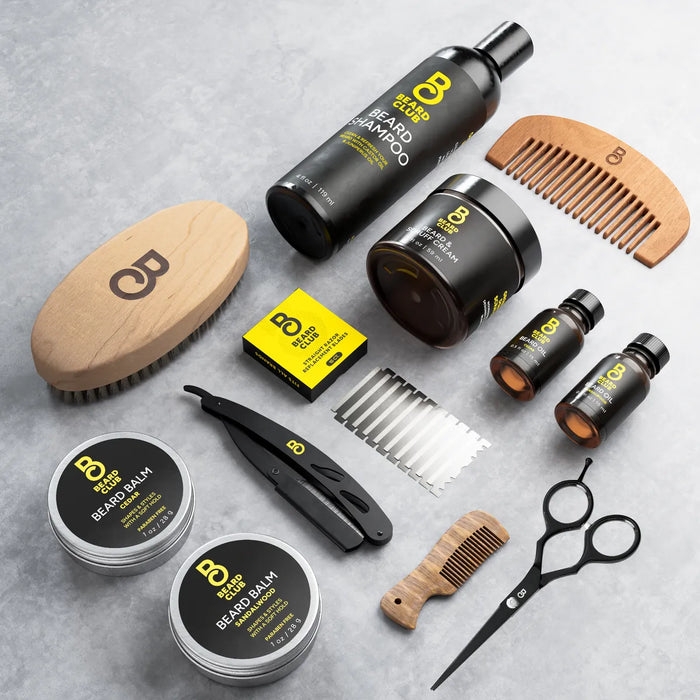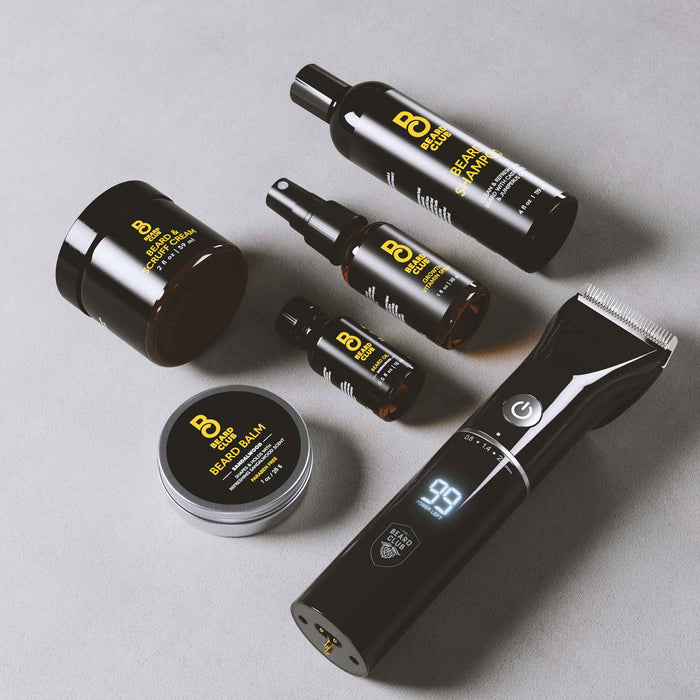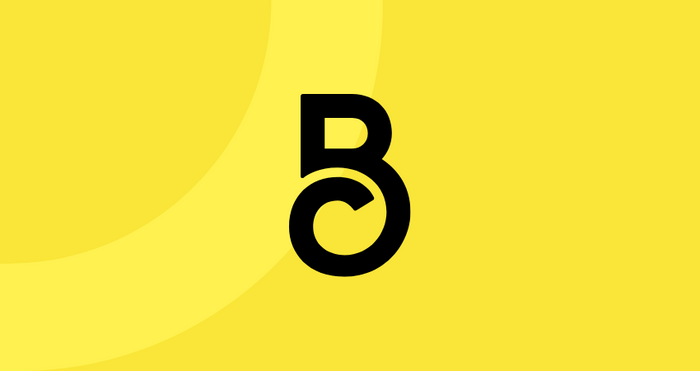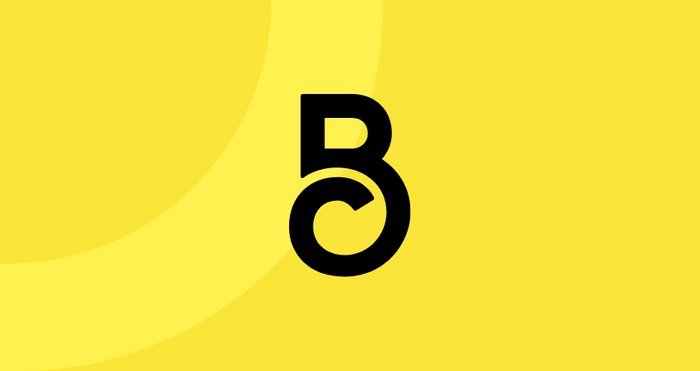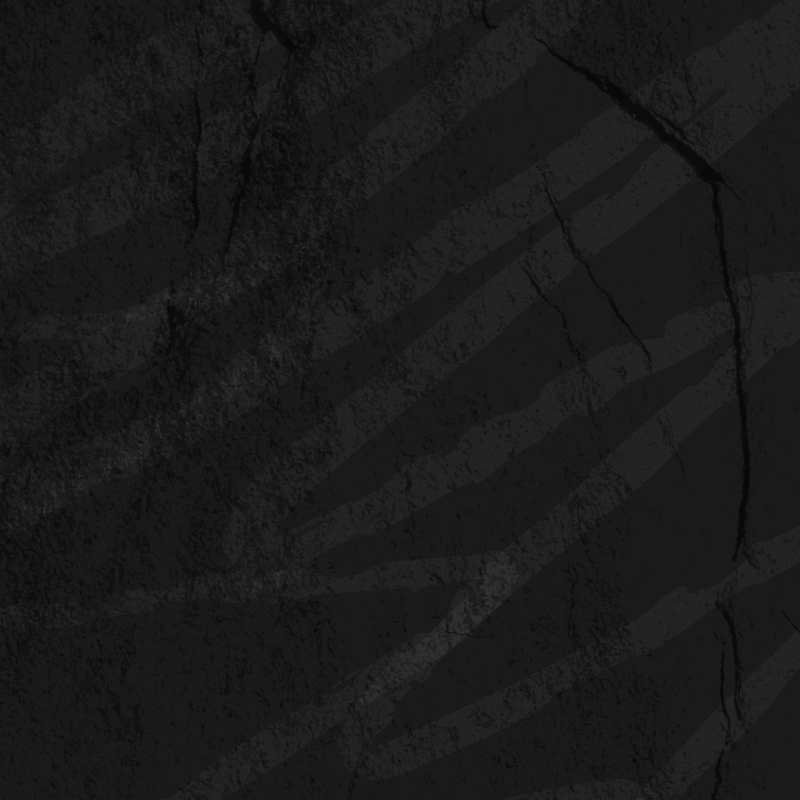8 Modern Viking Beard Styles: History, Styles, and Grooming
Vikings’ bold, unkempt beards were symbols of masculinity, power, and individuality. Fast forward to today, and the Viking beard has evolved into a modern grooming trend that combines its historical roots with contemporary styling.
If you’re aiming to channel your inner Norseman or are just looking for a bold beard style to suit your face, the Viking beard offers endless possibilities. This guide explores eight modern Viking beard styles, their historical origins, and how to groom them like a pro.
What Is the History of the Viking Beard?
The Viking beard is a bold and rugged style that takes its inspiration from the legendary Norsemen of the Viking Age (circa 793 to 1066 AD).
More than just facial hair, the Viking beard was a significant piece of Nordic culture. It was typically full, thick, and unrestrained, reflecting the toughness and resilience of the warriors who wore it.
Historically, Viking beards were practical and symbolic. The harsh Scandinavian climate made beards essential for warmth, protecting the face from icy winds. At the same time, beards were a mark of maturity and status.
Men often kept their beards well-maintained, using tools like combs made from bone or wood to groom them. Leaders and warriors sometimes added personal touches such as braids, beads, or ornaments to signify their rank or identity.
In modern times, the Viking beard remains a powerful statement of rugged masculinity, with many men choosing it to express individuality and strength. Whether worn long and wild or tailored with precision, the Viking beard is as much a badge of honor today as it was centuries ago.
Now that you know the history, let’s take a look at some modern spins on the iconic Viking beard style.
1. The Full Viking Beard
The classic Viking beard is long, full, and untamed, embodying the spirit of Norse warriors. It was practical for warmth but also a statement of dominance and power.
Today’s full Viking beard retains its boldness but is more controlled. While the length and thickness remain impressive, modern styling involves regular trimming to keep the edges clean and prevent wild overgrowth.
The full Viking beard is best for men with thick, even beard growth. It’s also suitable for those looking to embrace a bold and rugged aesthetic.
To properly maintain this style, use a beard comb daily to prevent tangles. Apply beard growth oil to maintain softness and boost vitamins, and trim the neckline and cheekline for a polished look.
2. The Viking Beard With Braids
Braided beards were popular among Viking warriors, who used braids to manage long hair during battles and voyages. Beads and ornaments were often added for decoration.
Braided Viking beards are a daring style that combines historical tradition with modern flair. A single or double braid is commonly incorporated into the beard’s length, often paired with beads or rings for extra detail.
Braids are best for men with longer beards, at least four to six inches in length. They can also be a good fit for those who want a dramatic, warrior-like appearance.
To groom a braided beard, use a beard balm or wax to keep the hair smooth and manageable. Divide your beard into sections and braid tightly. Finally, secure the braid with small elastic bands or beard beads.
3. The Tapered Viking Beard
While traditional Viking beards were often wild and full, modern interpretations introduce cleaner lines and structure.
The tapered Viking beard combines the rugged fullness of a Viking beard with a fade or taper that blends the beard into the sideburns and hairline. This style suits men who want a mix of rugged and refined or a modern, tailored look.
Use clippers to create a gradual fade along the jawline and sideburns. Keep the beard’s length fuller toward the chin for a masculine shape, and regularly visit a barber for maintenance.
4. The Viking Goatee
While full beards were more common, shorter facial hair styles like goatees may have been worn by younger Vikings.
The Viking goatee focuses on a prominent chin beard, often with thick, shaped sideburns or a connected mustache for balance. It’s made for men who can’t grow full-cheek beards or prefer a more manageable style.
To achieve this look, trim regularly and maintain sharp lines. Use beard cream to moisturize the hair and add shine. Lastly, consider adding a braided chin detail for a Viking twist.
5. The Viking Beard With a Shaved Head
Many Vikings shaved their heads for practicality or to display their warrior status, pairing the look with a bold beard for contrast. It’s clean, striking, and distinctly Viking.
If you’re experiencing hair loss, love a bald style, or want a high-contrast, minimalist aesthetic, this look is for you. To get it right, keep your head freshly shaved and use a beard balm to shape and define your beard. Additionally, maintain a strong neckline to enhance your beard’s boldness.
6. The Viking Beard With an Undercut
While there’s no direct evidence of Vikings rocking undercuts, modern interpretations of Viking hairstyles often feature shaved sides paired with long beards.
This look pairs a long, full beard with an undercut hairstyle. The sides are shaved or faded and the top hair is left longer. It’s edgy, contemporary, and undeniably Viking-inspired.
The Viking undercut is best for men who like bold, fashion-forward styles or are looking to pair their beards with a striking haircut. To groom it, perform regular touch-ups, use beard oil to maintain its health, and experiment with tying the top hair back into a bun or braid for a Viking vibe.
7. The Viking Stubble Beard
Not all Vikings could grow long, thick beards. Younger men or those with less facial hair often had shorter, scruffy beards.
Stubble Viking beards are low-maintenance but still exude masculinity. This style combines short, even beard growth with a bit of ruggedness.
The Viking stubble beard is ideal for guys with uneven or patchy growth who want a Viking-inspired look. It’s also an awesome choice for dudes who prefer minimal upkeep in their grooming routines.
Speaking of grooming routines, you should use a beard trimmer to keep your stubble at a consistent length. Apply moisturizer to prevent dryness and irritation, and keep your cheeks and neckline trimmed for a sharp finish.
8. The Viking Beard With a Mustache Emphasis
Vikings often emphasized their mustaches, growing them long and thick. Sometimes, they even curled them for an added effect.
This style highlights the mustache as the focal point of your beard. Your mustache can be long, curled into handlebars, or thick and prominent, while the rest of your beard can be trimmed short.
This style is suited for fellas with naturally thick mustache growth. It’s also suitable for those who want to experiment with a bold yet refined Viking style.
To achieve it, use mustache wax to shape and define your upper lip. Comb your mustache daily to train it in your desired direction, and trim the rest of your beard to balance out the look.
What If You Can’t Get Your Viking Beard To Grow?
Not every man is blessed with the genetics to grow a full, thick Viking beard — but that doesn’t mean you’re out of luck!
Beard growth is influenced by genetics, hormones, age, and lifestyle. If your Viking beard aspirations are falling short, here’s what you can do to improve your chances.
Eat Right
Incorporate foods rich in protein, biotin, zinc, and vitamins A, C, and E into your diet. These nutrients support healthy hair growth.
Exercise Regularly
Physical activity can improve circulation and support your testosterone levels, both of which encourage beard growth.
Manage Stress
High stress can suppress hormones essential for facial hair growth. To better manage stress, consider mindfulness practices, exercise, or relaxation techniques.
Use Beard Oils and Balms
Use products with ingredients like argan oil or jojoba to nourish the hair and skin. Your beard deserves a helping hand!
Massage Your Face
Gentle massages can encourage blood flow to your follicles, helping stimulate beard growth. And if you’re looking for a more targeted way to stimulate blood flow, consider adding a beard roller to your grooming routine.
A Beard That Would Make a Viking Proud
The Viking beard is a symbol of strength, individuality, and timeless style. No matter if you choose a full, untamed beard, a tapered look, or bold braids, there’s a Viking-inspired style for every man.
For more awesome beard tools and grooming tips, check out the beard care products and expert advice from the pros at The Beard Club.
Sources:
The Viking Age | National Museum of Denmark
Vitamins, minerals, and hair loss: Is there a connection? | Harvard Health
Blood Vessels Hold Key To Thicker Hair Growth | ScienceDaily
